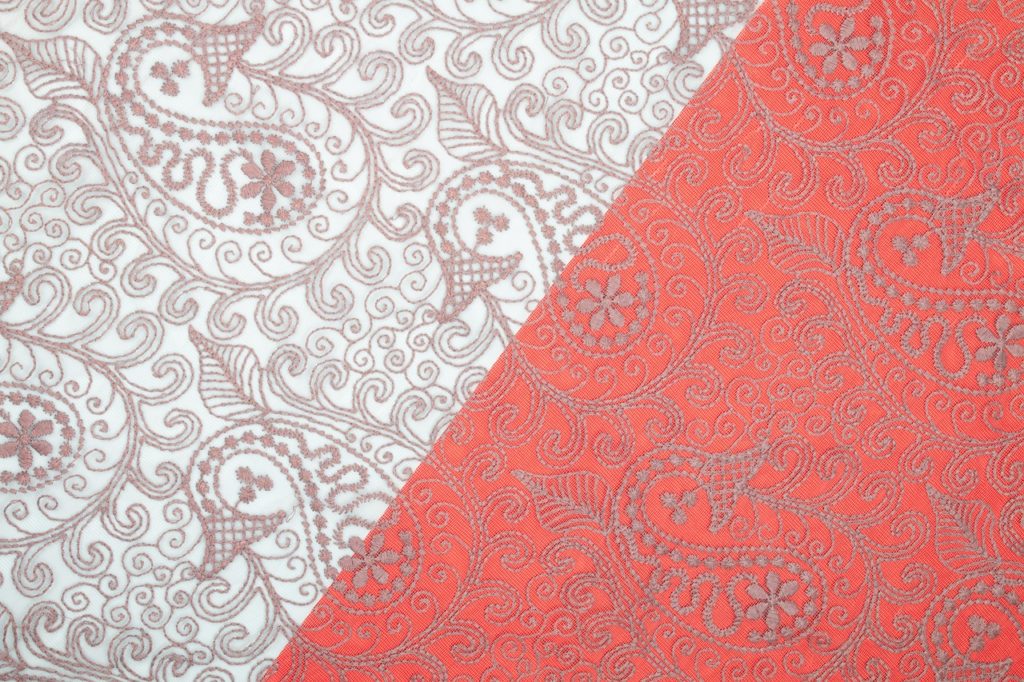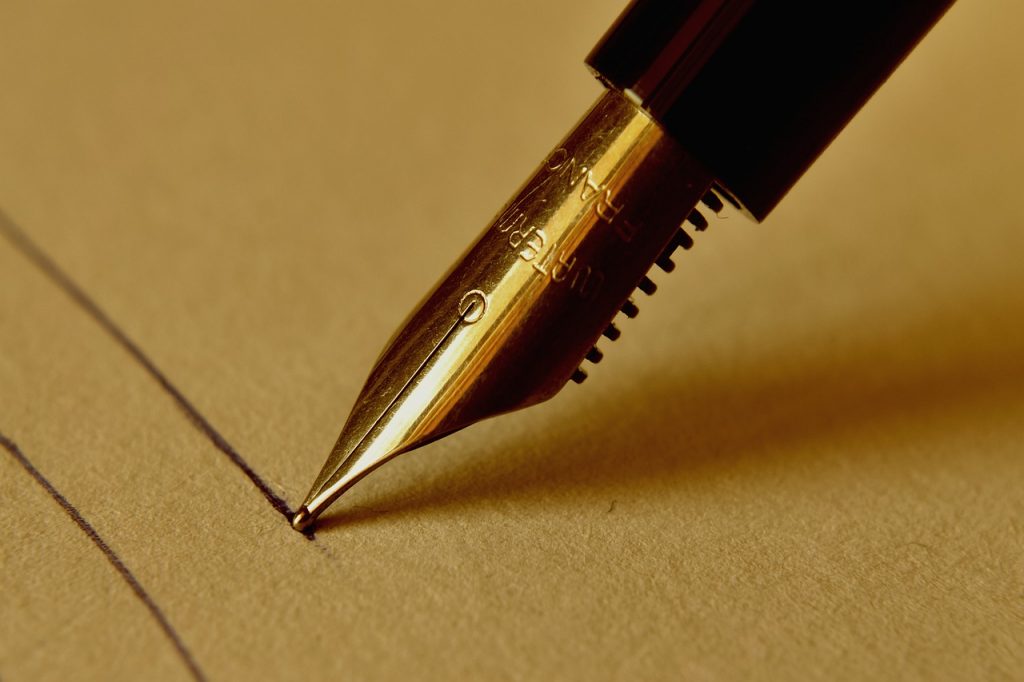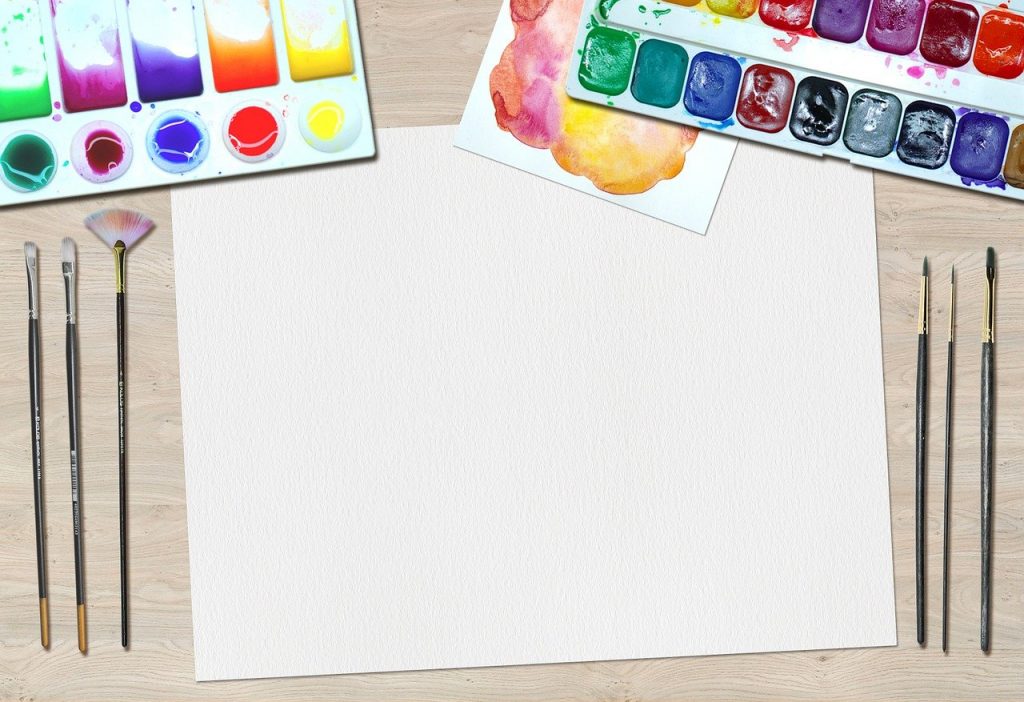Embroidery is one of the best-known handicrafts of Jammu and Kashmiri. Kashmiri embroideries can be seen on their shawls, rugs, table cloths, bed and pillow covers, phirans, and other Kashmiri clothing. Roses and almonds motifs are popularly used in Kashmiri embroidery. Other flowers and tree patterns, such as the lotus, vine, and chinar, are also seen. Likewise, the rich and diverse animal life of Kashmir is also depicted in their embroidery work, where popular motifs include lions, deer, and bulbuls. Most of the designs used in Kashmiri embroideries are inspired from nature. The paisley pattern is also widely seen in the traditional embroidery of Jammu and Kashmir. Here we look at the different types of Kashmiri embroideries.
Kashmiri Embroidery Types, Designs, and Uses
Kashida
Kashida is the local name for embroidery in Kashmir. In Punjabi and Hindi languages, needlework is called Kasidakari. The different stitches used for Kashida include Sujni employed when uniformity is required on two sides of the cloth; zalakdozi wherein a hook or aari is used to fill-in motifs with chain stitch; and zari thread style wherein a zari thread is laid on a fabric along a pattern and held in place by another thread.
Crewel
A pointed crochet is used on a cotton, wool, or silk fabric in this type of embroidery technique. A woollen or art silk yarn is utilized for the embroidery, while cotton, velvet, linen, or jute is used as the background fabric. Crewel employs a chain stitch and is extensively used in rugs, pillow cases, cushion covers, bedcovers, and in curtains and upholstery. Chain stitch embroidery using cotton thread is another form of crewel, which is more common in shawls, jackets, and other pieces of Kashmiri clothing. A characteristic feature of this type of embroidery is that it is very lightweight.
Sozni
This type of Kashmiri embroidery uses needlework and is commonly seen on Pashmina shawls, jackets, salwar kameez, and sarees. A very fine needlework is seen on pashmina. It is also known as Sozan Kaari and has been practiced by artisans in Kashmir for the past 500 years. Mostly wool and silk are used for the embroidery work, and this type is famously used in Pashmina Cashmere shawls and jackets. Sozni is considered as one of the most sophisticated forms of hand embroideries.
Tilla
This type of Kashmiri embroidery uses golden and silver threads and is commonly seen on the traditional Kashmiri garment called phiran, and also on shawls and sarees. The use of golden and silver threads in this type of embroidery lends a regal appearance to the garment. Originally, real gold and silver threads were used and hence, this embroidery work symbolized wealth and was popular among the royals and. Today, gold and silver-colored threads and used in Tilla embroidery. A tilla thread and a special needle is used for this embroidery, and the tilla thread is held in place with a cotton thread. Tilla designs are mostly seen on the lower neck, cuffs, and the borders of a garment. Garments with Tilla work are an essential component of every Kashmiri bride’s trousseau. Today, apart from hand embroidered tilla, which is considerably expensive, other types like machine tilla and readymade tilla patches can also be found.
Amli
A relatively new entrant on the list of Kashmiri embroidery types, Amli work uses multicoloured threads and is mostly seen on kani and jamevar shawls. The designs are present on the obverse side of a fabric and are non-reversible.
Paper Mache Embroidery
It can be considered as a bolder variant of Sozni and usually consists of a pattern of flowers and leaves designed using satin stitch. Bright-colored satin threads are used in this embroidery work and motifs are outlined with a black thread to provide relief or lend a protruding effect. This type of Kashmiri embroidery is characterized by the use of a thicker needle and thread.
Kalamkari
Kalamkari translates to ‘work of a pen’, and this is not a true embroidery type. Kalamkari is the art of painting over shawls where pens of bamboo and natural dyes are used. Sozni embroidery is worked over these hand-painted motifs.
Different types of Kashmiri embroideries use a variety of stitches. The chain stitch includes creating a loop of stitches. The satin stitch is mostly used to cover large surfaces. Similarly, a buttonhole or vata chikan stitch is also used to fill large surfaces. The stem stitch is mainly used in embroidering the borders of a design. Similarly, the herringbone stitch is used for bordering a design. The darning stitch includes composing a row of straight stitches.
Every work of Kashmiri embroidery exudes elegance and reflects the finesse and expertise of the artists who create the designs. Just one work of Kashmiri embroidery can take years to complete, from which it is evident that this art requires great patience and precision. Kashmiri embroideries are immensely popular across the globe and known for their delicate and detailed work and exquisite designs.



